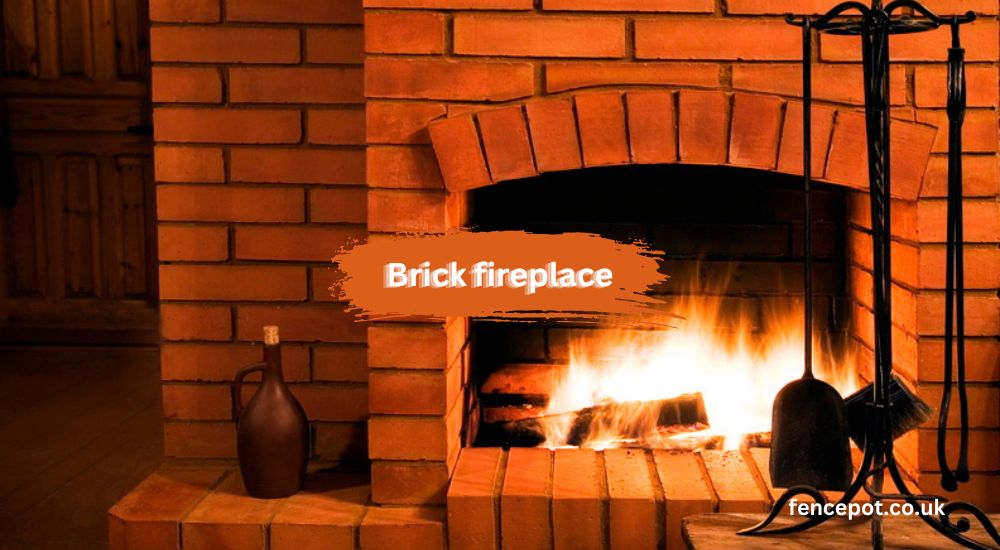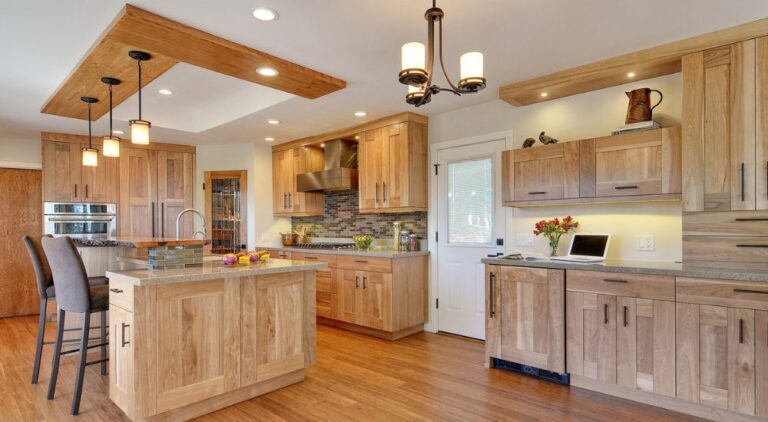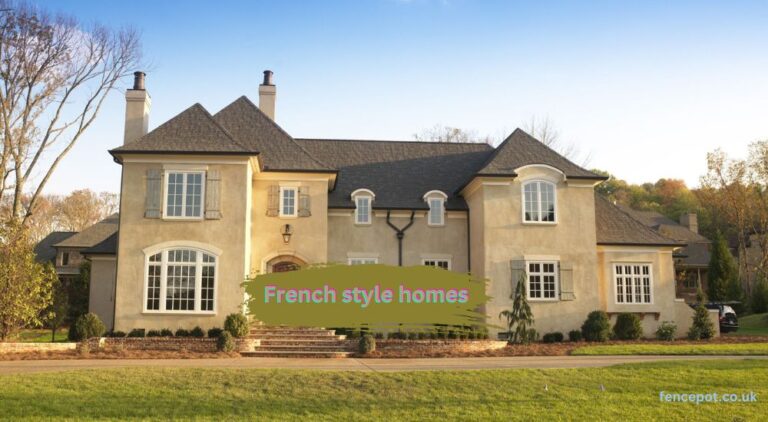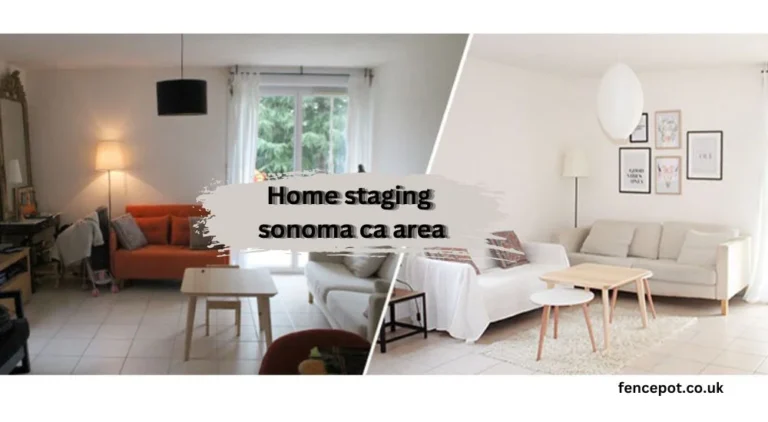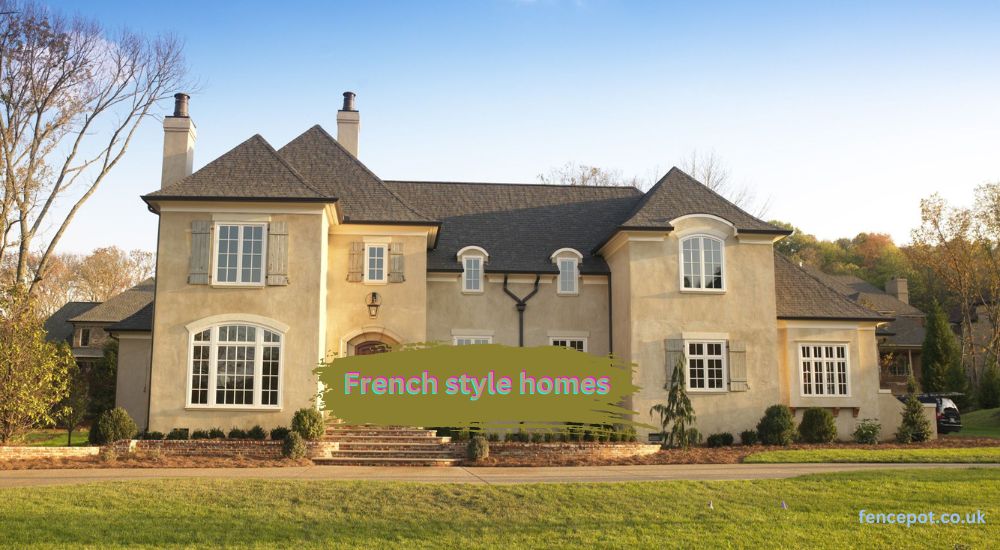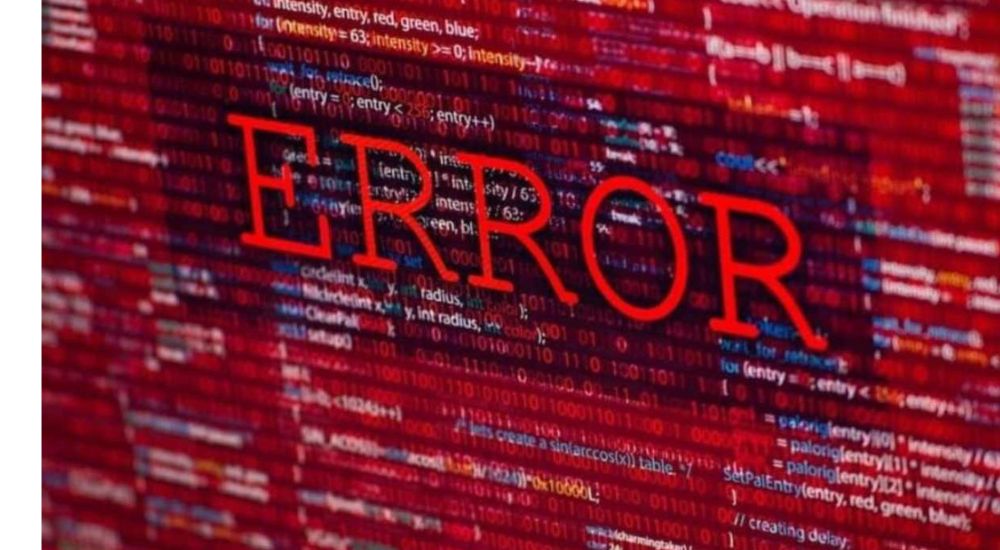There’s something incredibly charming about a brick fireplace. It’s a feature that adds warmth, character, and a touch of timeless elegance to any home. Whether you’re looking to install a new fireplace or restore an old one, understanding the ins and outs of lump fireplaces can help you make the best decisions for your space.
History of Brick Fireplaces
Brick fireplaces date back centuries, originating in ancient Roman times when bricks were first used to build durable and efficient heat sources. These early designs were rudimentary, focusing primarily on function over form. Over time, lump fireplaces evolved, incorporating more elaborate designs during the medieval period. In the 18th and 19th centuries, they became a staple in homes across Europe and America, showcasing craftsmanship and becoming central gathering points in homes. Today, lump fireplaces blend historical charm with modern aesthetics. They can be found in a variety of styles, from rustic and traditional to sleek and contemporary, making them versatile for any interior design.
Types of Brick Fireplaces
Traditional Open Hearth
The traditional open hearth is the most classic type of brick fireplace, known for its large, open design that allows for a roaring fire. It’s perfect for creating a cozy ambiance.
Enclosed Fireplaces
Enclosed lump fireplaces offer a more efficient heating solution. They are fitted with glass doors or inserts that control airflow and increase heat output while still maintaining the beauty of the brick exterior.
Outdoor Brick Fireplaces
Outdoor brick fireplaces extend your living space into the backyard. They are ideal for outdoor entertaining, providing warmth and a focal point for gatherings.
Contemporary Designs
Contemporary brick fireplaces often feature sleek lines and minimalist designs. They might incorporate metal or glass elements, providing a modern twist on the traditional lump fireplace.
Materials Used in lump Fireplaces
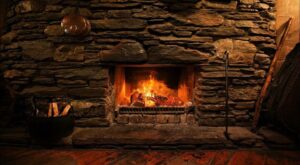
The type of brick used can greatly affect the fireplace’s appearance and durability. Common choices include clay bricks, fire bricks, and reclaimed bricks, each offering a unique look and heat resistance. Mortar holds the bricks together and must be heat-resistant to ensure the fireplace’s longevity. A high-quality mortar mix can prevent cracks and damage from the intense heat. In addition to bricks and mortar, other fire-resistant materials like fireproof cement and metal reinforcements are crucial for ensuring safety and durability.
Designing a Brick Fireplace
When designing a brick fireplace, consider the overall style of your home. A rustic, exposed brick design might suit a country home, while a sleek, painted brick might fit better in a modern interior. Custom lump fireplaces allow for personalized designs and unique features, while prefab options offer convenience and cost savings. Both have their pros and cons depending on your needs and budget. Add personal touches to your lump fireplace with decorative mantels, unique brick patterns, or custom-built shelves and storage.
Building a Brick Fireplace
Building a brick fireplace involves several steps, including designing, laying the foundation, constructing the firebox, and finishing with the chimney. Each step requires precision and skill to ensure a safe and functional fireplace. While DIY projects can be rewarding, building a lump fireplace is best left to professionals. They have the expertise to handle complex aspects like ventilation and fire safety, ensuring your fireplace is built to code. The cost of building a lump fireplace can vary widely based on materials, design complexity, and labor. Budgeting for both the construction and any potential maintenance is important.
Maintaining a Brick Fireplace
Regular cleaning is essential to keep your brick fireplace looking great and functioning properly. Remove soot and debris, and clean the chimney to prevent blockages. Common issues with lump fireplaces include cracked bricks and mortar, which can be repaired with patching compounds. Regular inspections can help identify problems early. Seasonal maintenance, such as cleaning before and after the heating season, ensures your fireplace remains in top condition and ready to use.
Benefits of Brick Fireplaces
Brick fireplaces add a timeless aesthetic to any room. They serve as a focal point and can enhance the overall design of your home. Enclosed lump fireplaces can be very energy-efficient, providing significant heat and reducing the need for other heating sources. Lump fireplaces are known for their durability. With proper maintenance, they can last for decades, making them a worthwhile investment.
Safety Tips for Brick Fireplaces
Always follow fire safety protocols, such as keeping flammable materials away from the fire and never leaving a fire unattended. Ensure your fireplace is properly ventilated to prevent the build-up of harmful gases. This includes regular chimney cleaning and inspections. Regular inspections by a professional can help identify and fix any potential safety hazards, ensuring your fireplace remains safe to use.
Decorating Around a Brick Fireplace
The mantel is a perfect place to showcase personal decor, such as family photos, art, and seasonal decorations. Change up your fireplace decor with the seasons. Use wreaths, garlands, and festive ornaments to keep your fireplace looking fresh and inviting. Make sure your fireplace complements the rest of the room. Consider the color scheme and style of your furniture when decorating around your fireplace.
Restoring and Renovating Brick Fireplaces
Assess whether your fireplace needs a simple facelift or a complete overhaul. Look for signs of wear and structural damage. Techniques for renovating a brick fireplace include repointing the mortar, replacing damaged bricks, and adding new design elements like a new mantel or hearth. The cost of renovation can vary, but it’s generally cheaper than building a new fireplace from scratch. Budgeting for unexpected repairs is also wise.
Comparing Brick Fireplaces with Other Types
Brick fireplaces are typically more affordable and easier to install than stone fireplaces. However, stone can offer a more rugged and natural look. Metal fireplaces, such as those made from cast iron, are highly durable and heat-efficient but may lack the traditional charm of lump fireplaces. Each type of fireplace has its pros and cons. Brick fireplaces are durable and versatile, but they require regular maintenance. Stone and metal fireplaces offer different aesthetic and functional benefits.
Innovative Uses for Brick Fireplaces
Convert your traditional wood-burning fireplace to gas for a cleaner and more convenient heat source. Gas fireplaces offer ease of use and efficient heating. Incorporate modern technology, such as remote controls and smart home integrations, to enhance the functionality of your fireplace. Design your fireplace to serve multiple purposes. Add built-in seating, shelves, or even a TV mount to maximize space and utility.
Popular Trends in Brick Fireplaces
Current trends in lump fireplaces include sleek, minimalist designs and the use of reclaimed bricks for a vintage look. Minimalist designs favor clean lines and simple structures, often using white or grey bricks to create a modern look. Eco-friendly designs focus on using sustainable materials and incorporating efficient heating solutions to reduce environmental impact.
Conclusion
Brick fireplaces offer a unique blend of beauty, warmth, and functionality. Whether you’re building new, restoring an old favorite, or simply looking for ways to enhance your current fireplace, understanding the various aspects of lump fireplaces can help you make the best choices for your home.
Read More interesting topic about bedroom
- The Allure and Charm of the Red Couch: A Comprehensive Guide
- Swiss Coffee Paint Color A Comprehensive Guide to This Timeless Shade
- Bold and Beautiful Transform Your Space with Black Walls
- Barndominium Kitchen The Ultimate Guide to Creating Your Dream Kitchen
- The Ultimate Guide to Mid century modern rugs: A Timeless Trend in Home Decor

